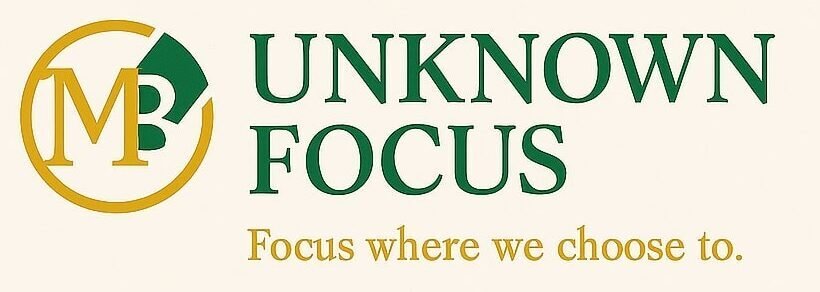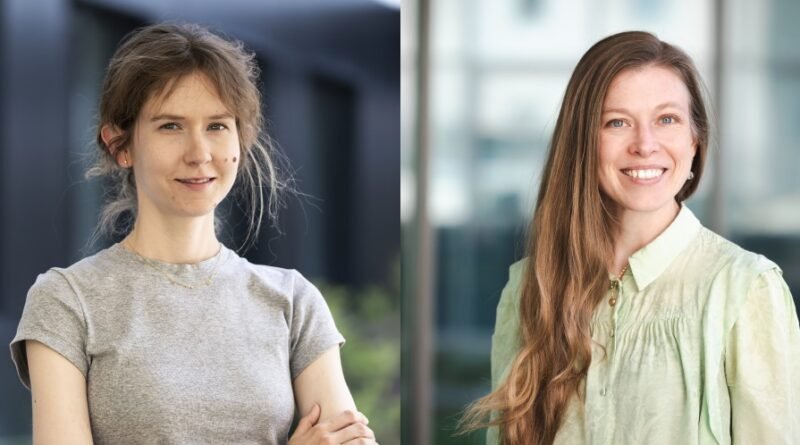Less Stress, More Stars with ISTA-Awarded Scientists
At the Institute of Science and Technology Austria (ISTA) in Klosterneuburg, there is little reason for stress-their scientists are reaching for the stars.
Two ISTA Assistant Professors, Amelia Douglass and Ylva Götberg, have each been awarded €1.5 million through the prestigious European Research Council (ERC) Starting Grants, bringing a total of €3 million in funding to support their pioneering research in neuroscience and astrophysics.
Australian-born neuroscientist Amelia Douglass received her doctorate in Germany before becoming a postdoctoral researcher at Harvard Medical School (USA) and joining ISTA in June this year. Her project, HypoAdapt, i.e., “Hypothalamic control of behavioral and physiological adaptations to stress,” aims to discover what happens when animals face challenges such as predator attacks or uncomfortably hot or cold temperatures (which, in these challenging climatic conditions, may be especially important in the future). Using mice as a model to study how the brain controls the way animals adapt their behavior and physiology to environmental challenges, the researchers aim to understand both how these reactions occur rapidly when a threat is encountered and how threats have lasting effects on behavior and physiology in more chronically stressful situations.
“The natural habitat of an animal absolutely affects how it responds to threats.”
You are using mice as a model, but considering your background from Australia, I wonder: how important is the natural habitat of animals in such studies? For example, would it be feasible to compare part of the research in Australia and part in Europe to gain additional insights about potential differences between the same species on two continents?
Amelia Douglass: The natural habitat of an animal absolutely affects how it responds to threats. For example, if we consider a mouse species living in the desert of Australia and another species that lives in the Vienna Woods, these animals will naturally encounter different predators but also employ different methods for dealing with a threat. The mouse in the desert has fewer options to hide, so it is likely to freeze when it sees a predator. By contrast, a mouse living in a dense forest would run away, as it has more places to hide. These context-specific adaptations are probably driven by differences in their brain circuitry to allow each species to survive in its ecological niche.
Given that mice are biologically very similar to humans, this research could also benefit people suffering from anxiety and stress. In 2019 alone, according to WHO data, 301 million people worldwide had an anxiety disorder.
In October 2024, astrophysicist Ylva Götberg was included in TIME’s list of 100 Emerging Leaders. Originally from Sweden, she received her PhD in the Netherlands before joining the Carnegie Observatories in Pasadena, USA, where she worked as a NASA Hubble Postdoctoral Fellow. Less than a year after being named to TIME’s list, she received a €1.5 million grant for her project “The Role of Binary-Stripped Stars: from Atomic Scales to Cosmic Dawn,” known as 2SStars. Until 2023, these stars existed only in theory, but then Götberg and her colleagues discovered that these stars actually exist. “Just as humans are social beings, stars too, especially the massive ones, are rarely alone,” said Bethany Ludwig, PhD, one of the study authors, back in 2023.
As Götberg explained, binary-stripped stars are a pair of stars in which the hydrogen-rich envelopes are transferred from one companion star to the other, leaving the first star’s helium core exposed. These stripped stars are thought to be the main progenitors of hydrogen-poor supernovae. Their goal is to understand: what is the role of stripped stars in binary star evolution, and how can stripped stars be used to understand different parts of astrophysics? They will also study the stripped star binaries in detail to obtain measures, for example, for stellar winds-fast-flowing streams of particles that are emitted from a star.
“I think the easiest message is that my collaborators and I found a type of star that previously was not observed, meaning that we are working with an entirely new type of star. I think this is quite fascinating, since stellar astrophysics is one of the oldest fields in astronomy, yet we still find new things!”
What would you like people who don’t understand the importance of this research to know? What could your results change? Do you think the results of astrophysics research are included in school curricula fast enough?
Ylva Götberg: I think the easiest message is that my collaborators and I found a type of star that previously was not observed, meaning that we are working with an entirely new type of star. I think this is quite fascinating, since stellar astrophysics is one of the oldest fields in astronomy, yet we still find new things! I believe this new type of star will help us understand a variety of different areas in astrophysics, since stars are linked to many research fields, such as galaxies, supernovae, and gravitational waves.
Our observations have already led to a new interest in binary stars that have interacted with each other, and various other researchers are now also looking for these stripped-envelope stars. But what I find really exciting is actually being able to use these observations to better understand, for example, how entire stellar populations evolve, or how spin rates of compact objects are linked to their progenitors. This type of confrontation of existing theories with new observations is what my grant is all about. Regarding school curricula, I cannot speak for every school, but I certainly would have loved to learn more about space much earlier.
Each grant represents not just financial support but also trust in science and its researchers. And if you are a scientist reading this… here is a piece of advice from these two great scientists.
Was there ever a moment in your career when you doubted your work? Now that you have won this grant, what would you say to future scientists based on your experience? What are the two key lessons?
Amelia Douglass: Over my career, so far, this has happened many times. I think it is natural for us scientists to doubt our work because we are working on questions no one knows the answer to, which is very challenging but also very rewarding. Achieving important milestones like this ERC grant has helped quash my self-doubt. I have also learned that doubting my work leads to more careful work, performing well-designed experiments, and questioning my results to ensure rigor. In the end, I think self-doubt can be harnessed positively towards doing great science.
Ylva Götberg: I would say that, rather than having doubted my work, I have doubted my skill several times. But I have not presented work that I doubted: I think we, as researchers, have the responsibility to only present results that we consider accurate and true, and to describe the uncertainties of the results in an honest way. However, there have been moments when I wondered whether I would be able to actually reach the goals, and that still happens sometimes. I think it is normal.
In these moments, I usually take a break and try to do something else. Then I can come back to the problem with a fresh mind at a later time, and that has helped me many times. Something that I have learned is that science does not have to progress fast; it is better to progress accurately. In my experience, I find better methods and better results if I can find a way to relax and spark curiosity.
We wish all recipients continued success, future awards, and results that will make headlines.


